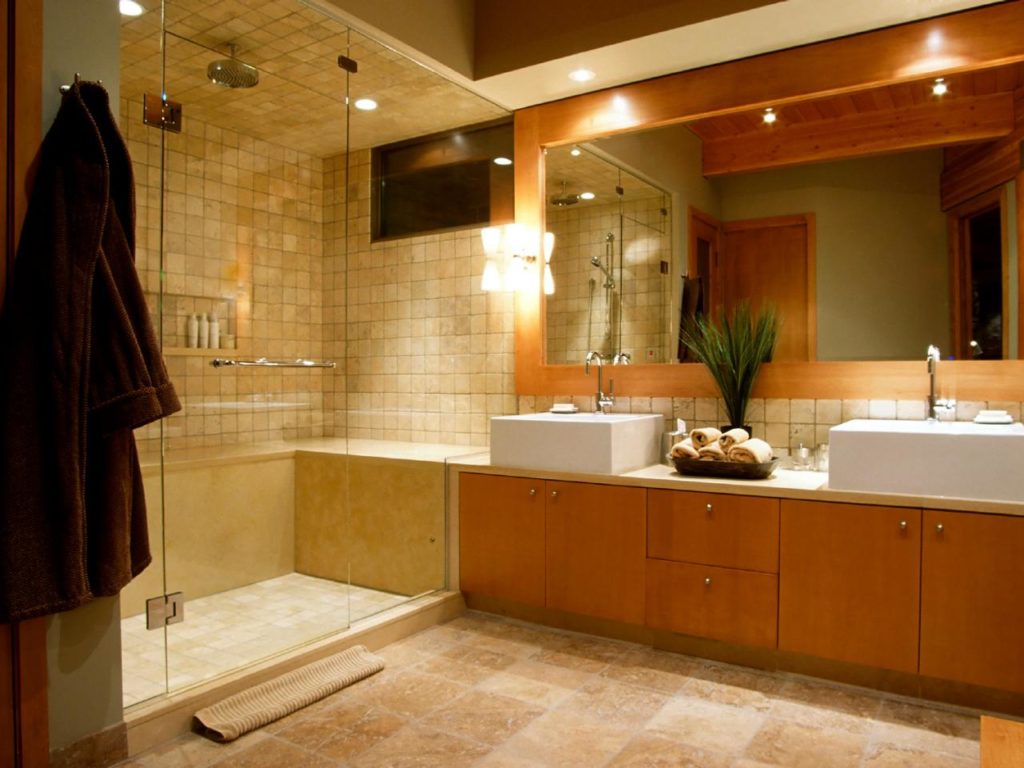Energy-Saving Projects to Take On This Spring
Saving energy should be on every homeowners mind this time of year. Here are some helpful tips:
1) HVAC inspection/routine maintenance/tune up/change filter
Your HVAC system should be inspected by a professional twice a year. See if you can find the original installer or check online for a factory recommended service company. Spring is a great time to have an inspector come out but between inspections, replacing the air filter and inspecting the refrigerant lines can help conserve energy and keep your system in proper working order.

2) Bedroom
Even though you sleep most of the time you’re in there, it is still a very important room. During the hot months, many people turn the air conditioner way down so they can be comfortable at night. This wastes a lot of energy, and this is reflected in increased energy bills. That is where the ceiling fans can be a helpful addition.
Ceiling fans help circulate cool air in the summer by pushing cooled air downward. In the winter, you can reverse the blade direction to push the cool air upward and mix with the warm air. By doing this, you’re able to be cooler in the summer and warmer in the winter while saving some energy.
Quick energy saving tip: A ceiling fan cools people, but not the room itself. It’s only cooling the body, so leaving a fan on when you’re not in the room only wastes electricity. You can save more energy if you remember to turn it off when leaving the room.
Another easy improvement is with lighting. Replace all your old incandescent light bulbs with LED bulbs. They use less energy and last longer – saving on your electricity bills now and in your replacement budget later. Let B&G Electrical Contracting help with any lighting projects you have in mind.

3) Attic
For a home improvement project that creates instant improvements to your energy efficiency, we recommend adding insulation in your attic. The energy savings you’ll experience depends on how much insulation is already in your attic and how old it is.
Insulation helps save energy because it acts as a barrier that keeps heat in during the winter and heat out during the summer. In order to maximize the efficiency of adding insulation, it’s best to air seal your attic to prevent air leaks first before adding the insulation. You can do this by caulking, sealing, and weather stripping all seams, cracks, and openings to the outside in your attic.
The main sources of air leaks in your attic are around the chimney flashing, all ducts, the attic entrance, any recessed lighting, and a dropped ceiling. Once the air leaks are filled, then it’s time to add the insulation. To determine if your home needs insulation, you can either hire a qualified home energy auditor who will do an entire home energy assessment for you or you can inspect it yourself. If you do decide to do the inspection yourself, you need to determine the following: Where your home needs to be insulated, the thickness and the R-value of your current insulation, and the type of insulation you already have. The R-value is a measurement for insulation’s resistance to heat flow and the higher the value the greater the effectiveness.

4) Living Room
When I think of the living room, the first things that come to mind are comfort, emtertaining and electronics. A simple way to help with your energy bills is to upgrade your electronics with models that have received the “Energy Star” rating, which most every new model on the market comes with. This labeling showcases devices that reduce energy consumption without reducing the quality of the product.
Quick energy saving tip: Remember to turn off lights and electronics when you’re not using them. Contrary to what you might expect, even in stand-by mode those items still consume electricity unless they are completely shut off. If you are looking for less expensive options, just like in the bedroom, you can adopt the same tips for the living room as well. Use/install a ceiling fan and switch to LED lighting.



